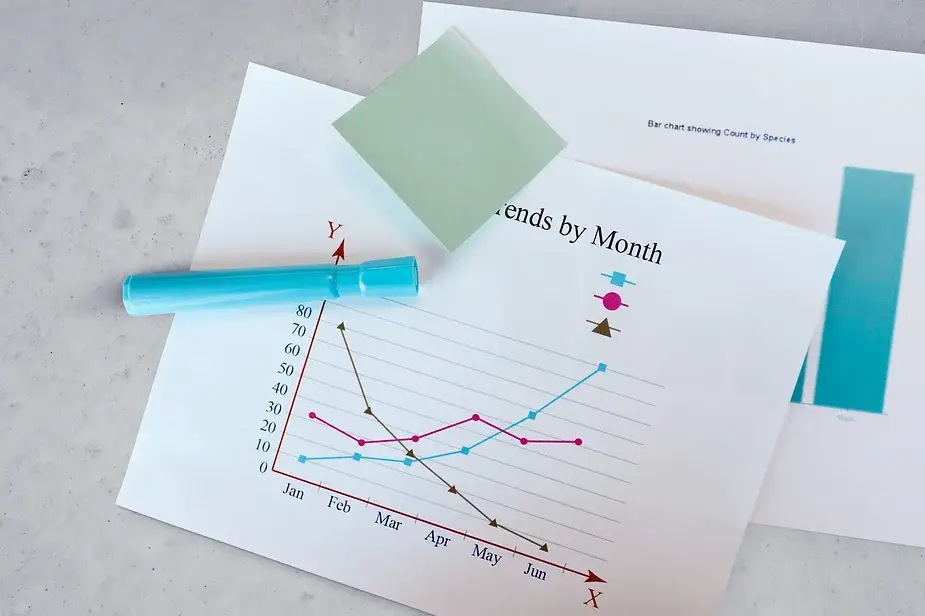In recent years, an innovative property investment strategy called rentvesting has gained traction among savvy investors seeking flexibility, financial benefits, and wealth accumulation. Rentvesting involves renting a property in your desired location for living, while investing in a property elsewhere that has the potential for capital growth and rental income. This approach allows individuals to enjoy the lifestyle they desire without the financial burden of buying a home in a potentially expensive area. Our case study explores the rentvesting strategy in-depth, comparing its long-term growth and cash flow benefits with traditional homeownership, to illustrate how this winning strategy can lead to a strong financial future.
Flexibility
-
- Rentvesting allows you to rent in your desired location while investing in a property elsewhere, providing you the flexibility to live where you want without the financial pressure of buying in that same area.
- This strategy lets you adapt to changing lifestyle needs, such as job changes, family growth, or relocation without the hassle of selling or buying a new property.
Financial Benefits
-
- Rentvesting allows for diversification in investments, with your funds spread across different asset classes, not just tied to a single property.
- It enables you to potentially benefit from capital growth in the property market, while simultaneously enjoying lower rental costs in your desired location.
- You can take advantage of tax deductions on investment properties, such as depreciation and interest on loans, which can help offset your rental expenses.
Growing Wealth:
-
- Rentvesting can lead to long-term wealth accumulation through property appreciation and rental income.
- By investing in high-growth areas, you can leverage the potential for higher returns on your investment, which may not be possible in the area you prefer to live in.
- As your investment property grows in value and rental income increases over time, you can use the equity to reinvest in other properties or assets, further building your wealth portfolio.
Lower Entry Barriers:
-
- Rentvesting allows you to enter the property market at a lower price point than buying a home in a more expensive area.
- This strategy reduces the financial pressure of saving for a larger deposit, making it easier to become a property investor sooner.
- Rentvesting also provides an opportunity to learn about property investment and management without the emotional attachment of owning your own home.
In summary, rentvesting combines the best of both renting and buying, offering flexibility, financial benefits, wealth accumulation, and lower entry barriers. By strategically investing in property while renting in a desirable location, you can enjoy a comfortable lifestyle while building a strong financial future.
Case Study
Imagine Sarah and John, two young professionals living in the same city. They both earn a similar income and want to live in a trendy urban neighborhood with great amenities. However, properties in this area are quite expensive, with a median price of $1.2 million.
Sarah decides to buy a property in the trendy neighborhood to live in. She makes a 20% deposit ($240,000) and takes out a mortgage for the remaining $960,000 at an interest rate of 5%. Her annual mortgage repayment amount to $61,861, or $1193 per week. With additional expenses such as insurance and maintenance fees, her total weekly housing expenses amount to $1,270. Over 10 years, Sarah’s property appreciates at a rate of 6% per year. After a decade, her property is worth $2,148,895.
John, on the other hand, chooses the rentvesting strategy. He rents an apartment in the same trendy neighborhood for $690 per week. Simultaneously, he invests in two cash flow positive properties in an up-and-coming suburb where the median price is $600,000 each. For both properties, he makes a 20% deposit ($120,000 each) and takes out mortgages for the remaining $480,000 each at an interest rate of 5%. His annual mortgage repayment for both properties amount to $61,861, or $1,193 per week. With additional expenses such as insurance and maintenance fees, his total weekly housing expenses for the investment properties are $1,350. However, since these are investment properties, John can claim tax deductions on his expenses, as well as depreciation benefits, which lowers his net weekly housing expenses to $950.
Additionally, each of John’s investment properties generates a rental income of $750 per week, for a combined rental income of $1,500 per week. After accounting for his net weekly housing expenses of $1,350, John enjoys a positive cash flow of $150 per week. This income further offsets his rental costs in the trendy neighborhood, effectively reducing his weekly housing expenses to $540 ($690 – $150).
Furthermore, John’s investment properties are in a high-growth area, and after a few years, they appreciate significantly in value. Over 10 years, each of John’s properties appreciates at a rate of 9% per year. After a decade, each property is worth $1,471,224, for a combined value of $2,942,448. The rental income from his investment properties also increases over time, improving his cash flow. Eventually, John uses the equity in his investment properties to invest in additional properties, further expanding his wealth.
In this example, rentvesting proves to be financially beneficial for John, as he pays less in housing expenses than Sarah while living in the same trendy neighborhood. Moreover, he’s able to grow his wealth through property appreciation, rental income, and enjoys the tax benefits associated with owning cash flow positive investment properties. After 10 years, John’s investment properties have a combined value of $2,942,448, while Sarah’s property is worth $2,148,895. John’s wealth has increased more significantly than Sarah’s, demonstrating the long-term financial advantage of rentvesting.
